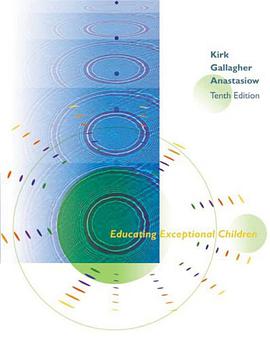

具体描述
The Egg and<br > the Sperm<br > m<br > nly in the last hundred years have we really understood where<br >Ohuman obsession. Primitive tribes and advanced civilizations<br > babies come from. From the dawn of history, fertility has been a<br >puzzled equally over the miracle of childbirth. The ancient Hindus<br >thought the ibis brought children. The Teutons believed it was the stork.<br >And the Japanese honored the butterfly. The less poetic people of the East<br >Indian islands thought pregnancy was caused by bathing in streams inhab-<br >ited by eels. Most of these ancient tribes made no connection between sex<br >and pregnancy. A few enterprising groups came close when they theo-<br >rized that an accumulation of seminal fluid built the flesh and blood of a<br >baby. It followed that pregnancy could occur only after repeated inter-<br >course. Small surprise that this lively idea caught on quickly.<br > When the connection was finally made between intercourse ~md child-<br >birth, men quickly look all the credfl, and it was soon universally ac-<br >cepted that male semen was responsible for new life. The woman merely<br >provided the soil for the child to grow. The man was the farmer, the<br >Woman farnlland.<br > The difference in anatomy was partially accountable for the unequal<br >d stribution of responsibiqty. The reproductive organs of a woman were<br >Completely hidden, while a man had a clearly visible organ that ejected a<br >mysterious life-giving fluid.<br >
作者简介
目录信息
读后感
评分
评分
评分
评分
用户评价
相关图书
本站所有内容均为互联网搜索引擎提供的公开搜索信息,本站不存储任何数据与内容,任何内容与数据均与本站无关,如有需要请联系相关搜索引擎包括但不限于百度,google,bing,sogou 等
© 2025 book.wenda123.org All Rights Reserved. 图书目录大全 版权所有




















